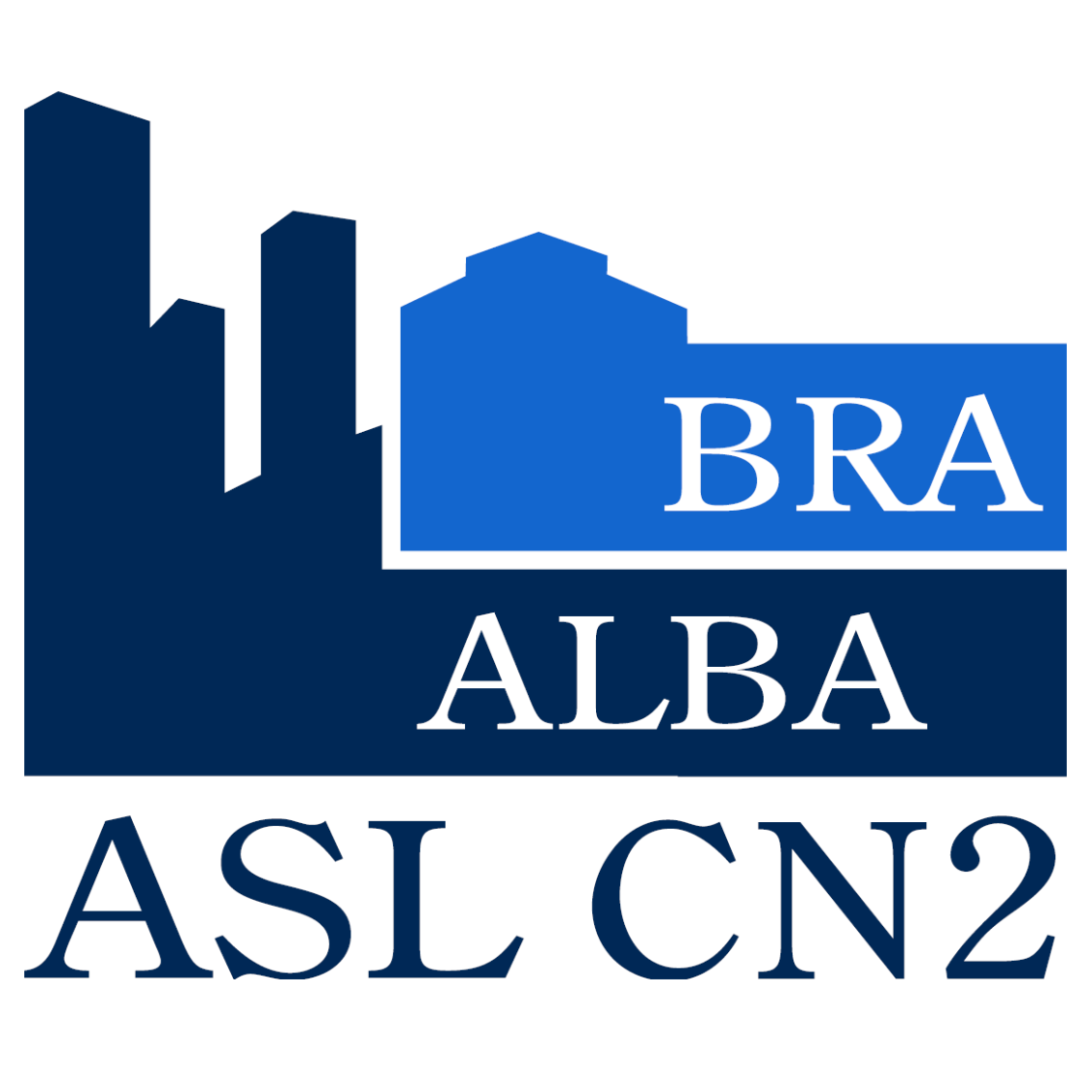Monitoring antibiotic consumption and indicators of appropriate use in the ASL CN2 population
DOI:
https://doi.org/10.14672/bepsp2024105-113Abstract
The excessive use of antibiotics in human and veterinary fields contributes to the selection of resistant bacteria. This study analyzes antibiotic consumption in the ASL CN2, using prescription data. In 2023, the consumption was 13.9 DDD/1000 inhabitants, an increase from the previous year. The most prescribed antibiotics are penicillins (41%), followed by macrolides (22%) and third-generation cephalosporins (14%). There is a ratio of 11.0 between broad-spectrum and narrow-spectrum antibiotics, and seasonal consumption patterns resemble pre-pandemic trends, with higher use in winter. Consumption of antibiotics classified as “Access” is increasing in the post-pandemic period. Careful monitoring of prescriptions is essential to raise awareness among doctors about responsible antibiotic use to combat antibiotic resistance.
References
Piano Nazionale di Contrasto all’Antibiotico-Resistenza (PNCAR) 2022-2025. Ministero della Salute
Osservatorio Nazionale sull’impiego dei Medicinali. L’uso degli antibiotici in Italia. Rapporto Nazionale 2022. Roma: Agenzia Italiana del Farmaco, 2024.
European Centre for Disease Prevention and Control. Antimicrobial consumption in the EU/EEA (ESAC-Net) - Annual Epidemiological Report 2022. Stockholm: ECDC; 2023.
The WHO AWaRe (Access, Watch, Reserve) antibiotic book. Geneva: World Health Organization; 2022
Downloads
Published
Issue
Section
License

This work is licensed under a Creative Commons Attribution-NonCommercial-ShareAlike 4.0 International License.
La rivista BE.PSP persegue la politica di sostegno alla circolazione delle idee e del sapere. Gli articoli in essa contenuti sono ad accesso libero e distribuiti secondo i termini della Creative Commons Attribution License: Attribution-NonCommercial-ShareAlike 4.0 International, CC BY-NC-SA. Questa licenza consente agli utilizzatori dei contenuti dell’articolo di distribuire, modificare, adattare e sviluppare il materiale originale su qualsiasi supporto o formato solo per scopi non commerciali, e solo a condizione che venga correttamente attribuita la paternità del materiale originale indicando l’autore dell’articolo originale. Se l'utente modifica, adatta o sviluppa il materiale, deve concedere in licenza il materiale modificato secondo termini identici.





